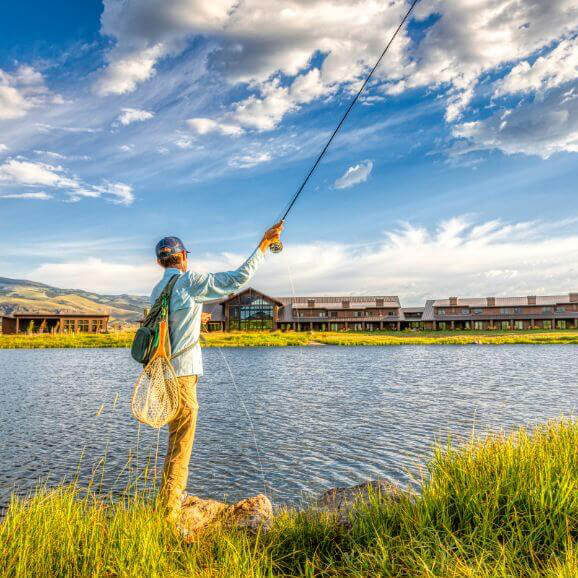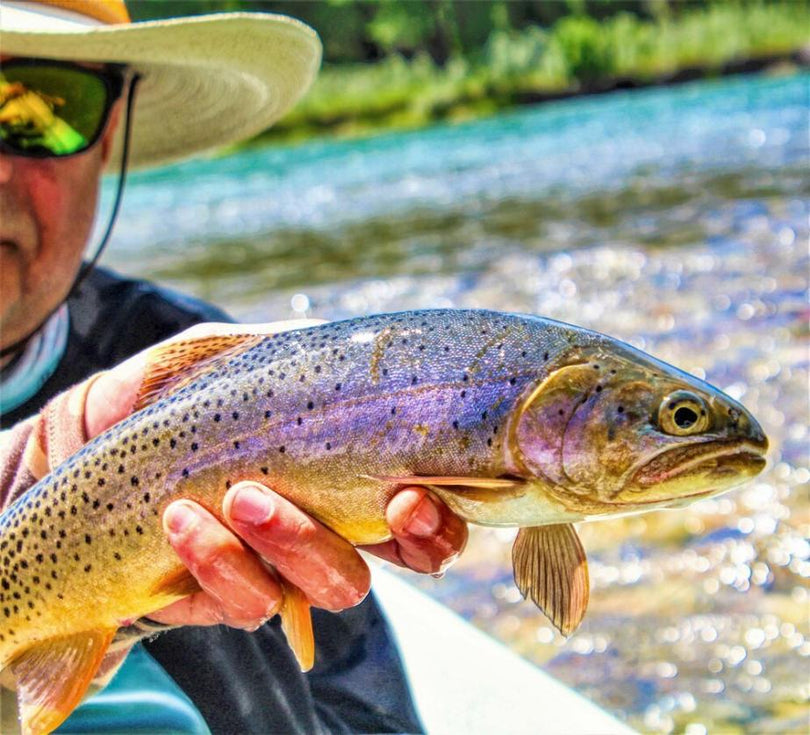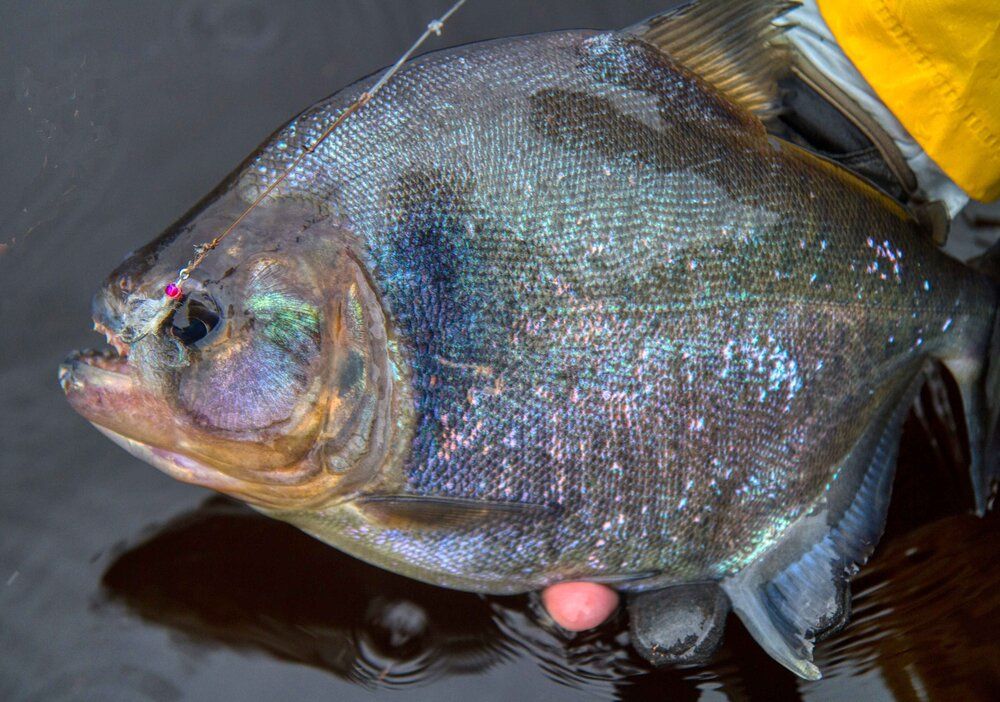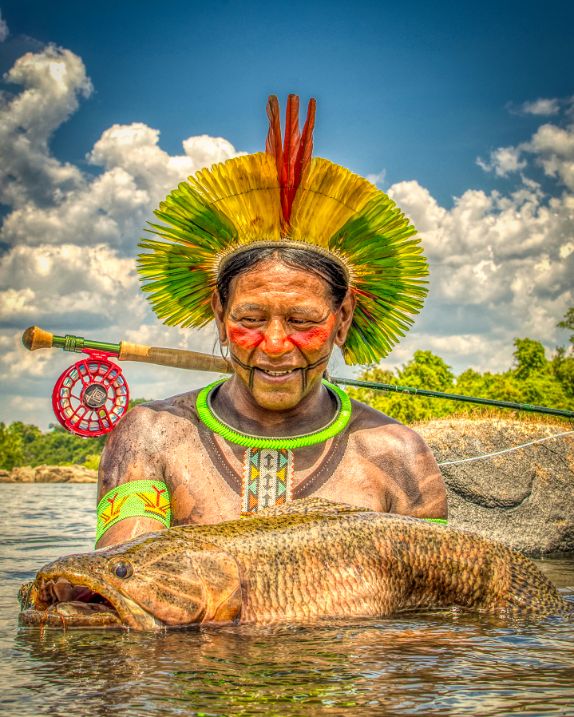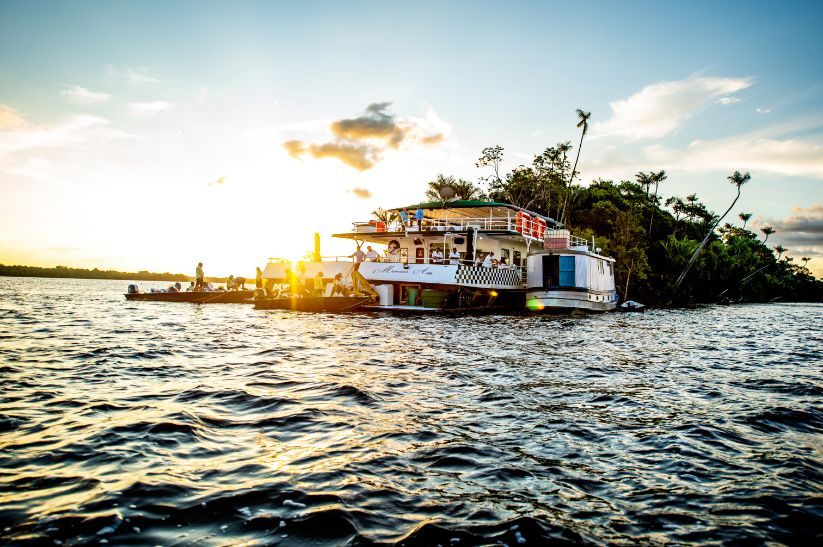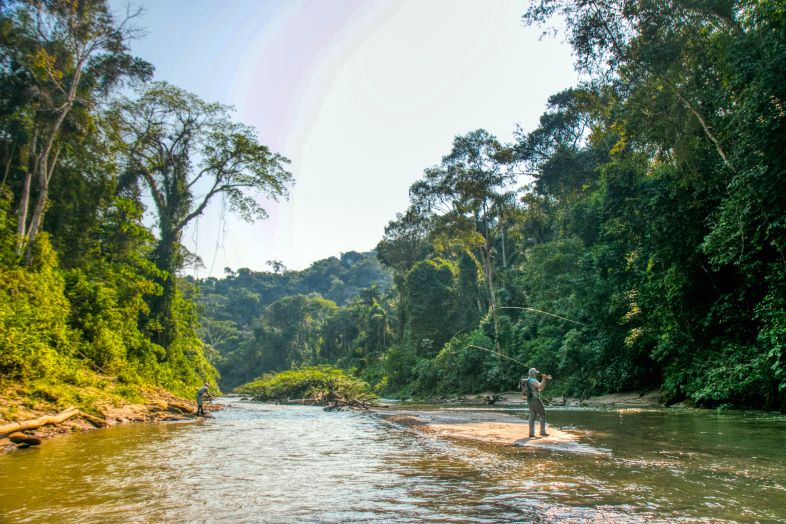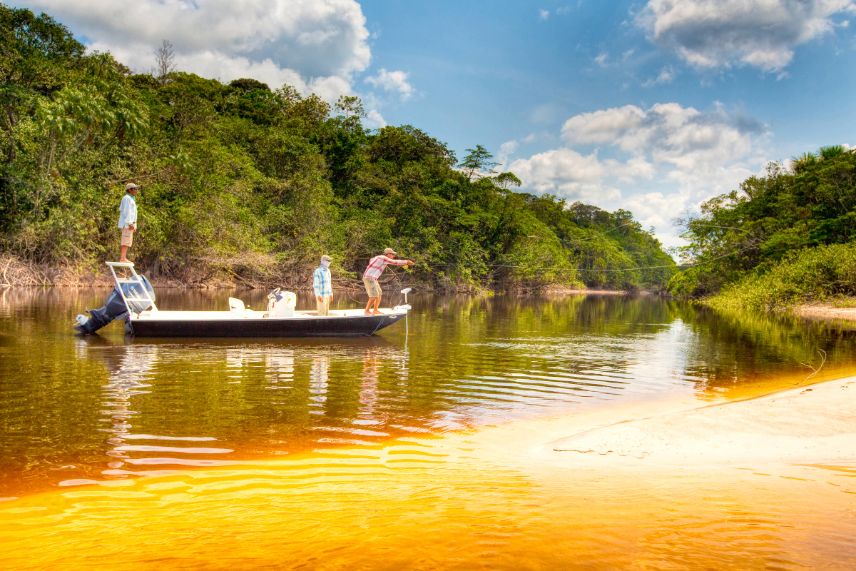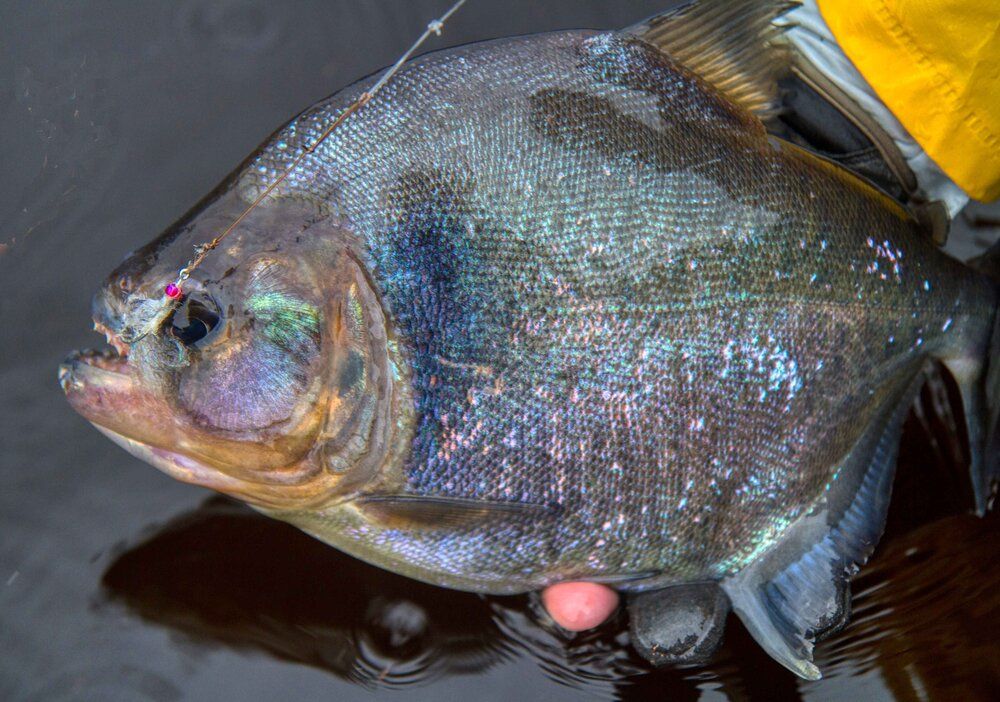
Piranha
When former American President Theodore Roosevelt visited Brazil in 1913, he went on a hunting expedition in the Amazon Rainforest. While standing on the bank of the Amazon River, he witnessed an amazing spectacle when local fishermen pushed a cow into the water, where it was quickly torn apart and skeletonized by a school of hungry piranhas. Piranhas are indigenous to the Amazon basin. Piranhas, especially the red-bellied (Pygocentrus nattereri), have a reputation as ferocious predators that hunt their prey in schools. Most piranhas grow to between 5–14 inches long. A few can grow larger, with the largest living species, the red-bellied, reaching up to 20 inches. Relative to body mass, the black piranha (Serrasalmus rhombeus), produces one of the most forceful bite. This extremely powerful and dangerous bite is generated by large jaw muscles that are attached closely to the tip of the jaw, conferring the piranha with a mechanical advantage that favors force production over-bite speed. Strong jaws combined with finely serrated teeth make them adept at tearing flesh.

